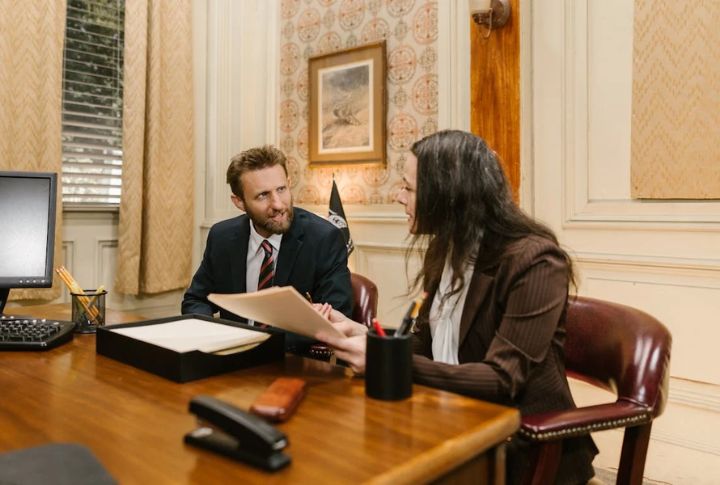
Moving is stressful enough, but when movers and packers break your belongings, it adds a whole new level of frustration. It’s a situation nobody wants to find themselves in, but it’s more common than you might think. If you’re wondering what to do if your stuff gets damaged during the move, here are 15 things you should consider to help resolve the issue and minimize further stress.
Document the Damage Immediately

As soon as you notice any broken items, take clear photos or videos of the damage. This is important for creating a record that shows the condition of your items when they arrive. It’s best to capture multiple angles and, if possible, show the item before it was packed (if you have older photos). This documentation will serve as essential proof when filing a claim with the moving company.
Do Not Dispose of the Damaged Items Right Away

When something is broken, the first instinct is to throw it away, but you should hold onto it until your claim is processed. The moving company or insurance provider might want to inspect the damage or send an adjuster to assess the situation. Disposing of the items too soon could complicate your claim.
Review Your Moving Contract

Take a moment to go over the contract you signed with the moving company and look for specific clauses that pertain to damage and insurance coverage. Often, movers will have a basic level of liability for your belongings, but the details can vary. Understanding your rights can help you take the next steps.
Check the Valuation Coverage

When you hired the movers, you might have been offered a few options for valuation coverage, which is different from actual insurance. Basic valuation typically covers around 60 cents per pound of damaged goods, which is not much. Full-value protection, on the other hand, holds the moving company responsible for the repair or replacement of damaged items. Review what kind of coverage you chose so you know what to expect.
Contact the Moving Company

As soon as you’ve documented the damage, get in touch with the moving company. Let them know what’s happened and ask for their procedure for filing a damage claim. Most companies have a specific process you’ll need to follow, and contacting them promptly helps speed up resolution. Be polite but firm when explaining the situation.
File a Damage Claim

After reporting the damage, you might be asked to file a formal damage claim. Most companies require claims to be filed within a certain period, usually between 30 to 90 days after the move, so try to do this within the time frame stipulated in your contract. The quicker you act, the better your chances of getting compensated.
Keep All Correspondence

Save any emails, texts, or other correspondence with the moving company regarding the damage. Keeping everything in writing helps maintain a clear record of what has been communicated and when. This can be especially helpful if there are disputes later on.
Contact Your Insurance Company

If the movers don’t provide adequate compensation, or if you have purchased additional moving insurance through a third party, contact your insurance provider. Explain the situation and ask about their process for handling moving-related claims. Make sure you have your policy number and documentation ready to speed up the process.
Get an Independent Appraisal

For high-value or sentimental items, you could consult with an appraiser to assess the damage and the value of the item. This can help back up your claim with solid numbers. An independent appraisal can also prevent the moving company from undervaluing the cost of repairs or replacement.
Seek Reimbursement for Repairs

If the damaged items are repairable, find a reliable repair service and get an estimate for the cost of fixing the item. Submit this estimate along with your damage claim. In some cases, movers may be more willing to cover repair costs than offer full compensation for a replacement.
Understand That Not All Items Are Covered

It’s important to note that certain items might not be covered by your moving company’s liability. Items like jewelry, cash, important documents, and sometimes fragile items may be excluded from coverage unless explicitly listed and insured beforehand. Double-check what’s covered under your agreement.
Negotiate for Partial Compensation

If the movers are unwilling to provide full compensation, you may be able to negotiate for a partial refund or a settlement that both parties find reasonable. While it might not be ideal, it’s often faster and less stressful than pursuing legal action.
Consider Mediation

If you find that you’re not making progress with the moving company, mediation might be a good option. Many companies belong to trade organizations like the American Moving and Storage Association (AMSA), which offer mediation services. Involving a neutral third party can resolve disputes without the need for a lawsuit.
Leave a Review

Once the claim process is complete, consider leaving a detailed review of your experience with the moving company. This gives you a platform to share your experience so other customers can make better decisions. Be honest and specific about the damage and how the company handled your claim.
Learn from the Experience

Moving can be unpredictable, and accidents happen. After you’ve settled your claim, reflect on what could have been done differently. Try to learn from the experience and make better decisions when choosing a moving company and packing fragile items for your next move.

